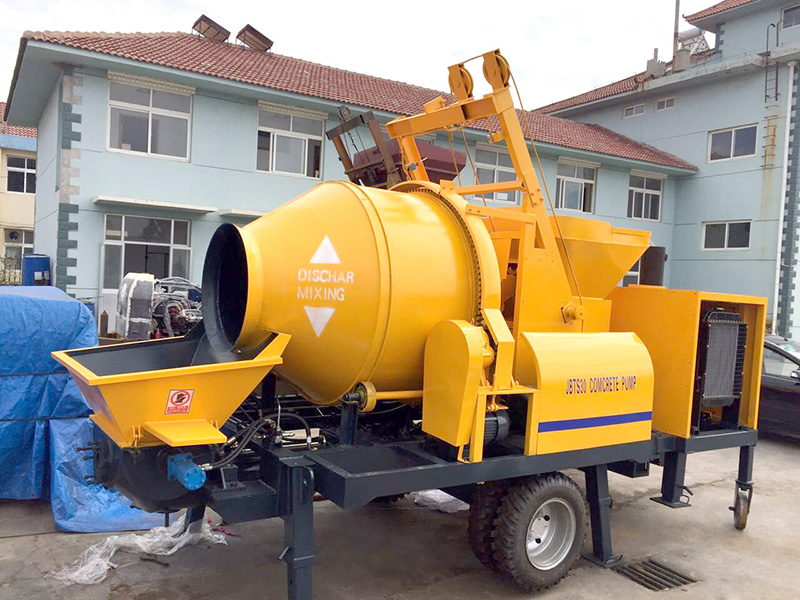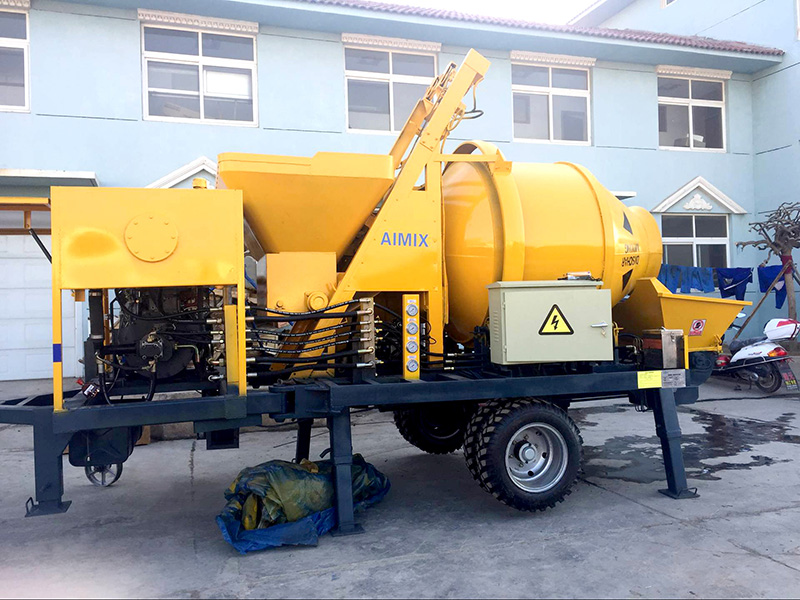If you have recently visited a construction site while concrete was being poured, you most likely saw a concrete pump in action. Pumps like these are commonly used for construction projects, with nearly all contractors relying on them today rather than using more old-fashioned concrete pouring methods.
There are a lot of reasons for their popularity. They are affordable, efficient, and easy to use. Thanks to their design, they make pouring concrete a lot easier, reducing the amount of physical effort that workers have to put into the process.
They also make the concrete pouring process a lot faster. This enables contractors to get their projects done more quickly, ensuring that they meet all of their deadlines.
Understanding the working principles of a concrete pump will give you a better idea of how these pumps operate. Although their design is relatively simple, they are some of the most powerful and effective tools used by today’s contractors. When they were first introduced, they revolutionized the concrete industry, making projects that were once extremely challenging a lot faster and easier to complete.

The idea behind a concrete pump is relatively straightforward. In essence, they are used to pump wet concrete through hoses so that it can be easily transported across job sites. This is a lot more efficient than having workers carry the concrete by hand.
Concrete pumps rely on a special piston system to move the concrete through the hoses. Wet concrete is poured from a concrete truck into a special hopper or chamber in the concrete pump. In the hopper, two openings lead into narrow chambers. Each chamber is equipped with a piston.
When the pump is turned on, the pistons alternate back-and-forth, with one piston drawing the concrete into a chamber and the other piston forcing it out of the opposite chamber into the hose. As the pistons move back and forth, the concrete is pumped through the hose, across the job site, and to the waiting area where it is being poured.

Several factors affect how much concrete a particular pump can move over a given period of time. One factor is the size of the pump itself. Smaller pumps can’t move as much concrete as larger pumps since they have a smaller capacity and usually aren’t quite as powerful.
The size of the hose also comes into play. A hose with a small diameter, for instance, is not capable of pumping as much concrete as a hose with a larger diameter.
Once the cement pumping equipment process is complete, the pump is thoroughly cleaned. Any remaining concrete is blown out of the hose to ensure that it doesn’t harden in place. After everything has been cleaned and put away, the pump is ready to use again.

This basic overview of the working principles of a concrete pump should give you a better idea of how they operate. They rely on alternating pistons to draw concrete in and force it out through the hose. This motion allows the concrete to be pumped over great distances, making it easy to deliver it to any part of the job site.
